Key session 1
Ensuring person centredness in pressure ulcer prevention and treatment – plenary opening
Patients and carers are the only constant factor in a complex journey between health professionals and settings and their personal experiences are critical to informing a ‘person-centred approach’, that is appropriate for their PU prevention/treatment needs and aligns with the wider aspects of their lives. Learn more about this in Key session 1, ‘Ensuring person-centredness in PU prevention and treatment’.
Chaired by Susanne Coleman
Ms. Delia Muir

University of Leeds, UK
Expert by Experience: A service user story
Prof. Brendan McCormack

University of Sydney, Australia
‚Knowing the Person‘: Developing person-centred practices in pressure ulcer prevention and management.
Dr. Lisa Ledger
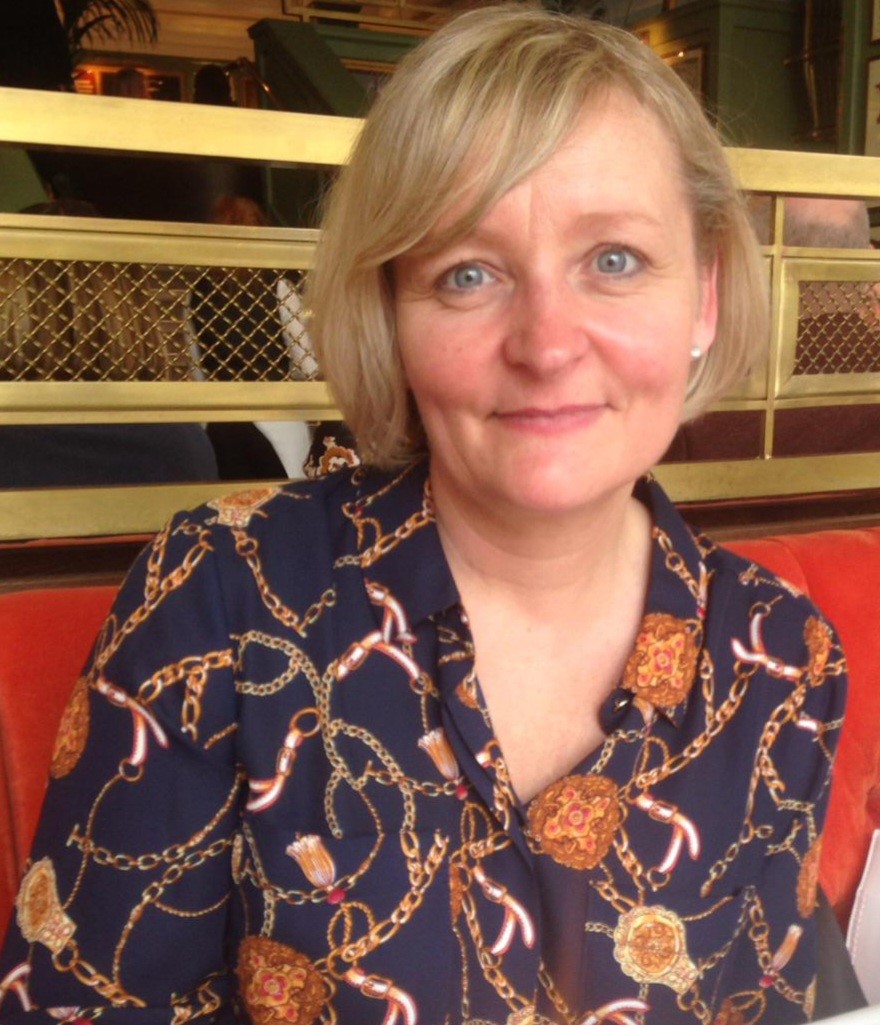
University of Derby, UK
A conceptual model for communicating about pressure ulcer risk and management
Key session 2
New technologies to support care delivery for prevention and treatment: from the research lab to the bedside
This session will highlight new and emerging frontiers in laboratory and clinical research of pressure ulcer prevention and treatment, including robotics, machine learning and processing of tissue images from different modalities and their potential integration for personalised patient care.
Chaired by Amit Gefen
Prof. Sebastian Probst

HES-SO University of Applied Sciences and Arts Western Switzerland, Geneva
Reshaping wound care practice using artificial intelligence
Prof. Amit Gefen
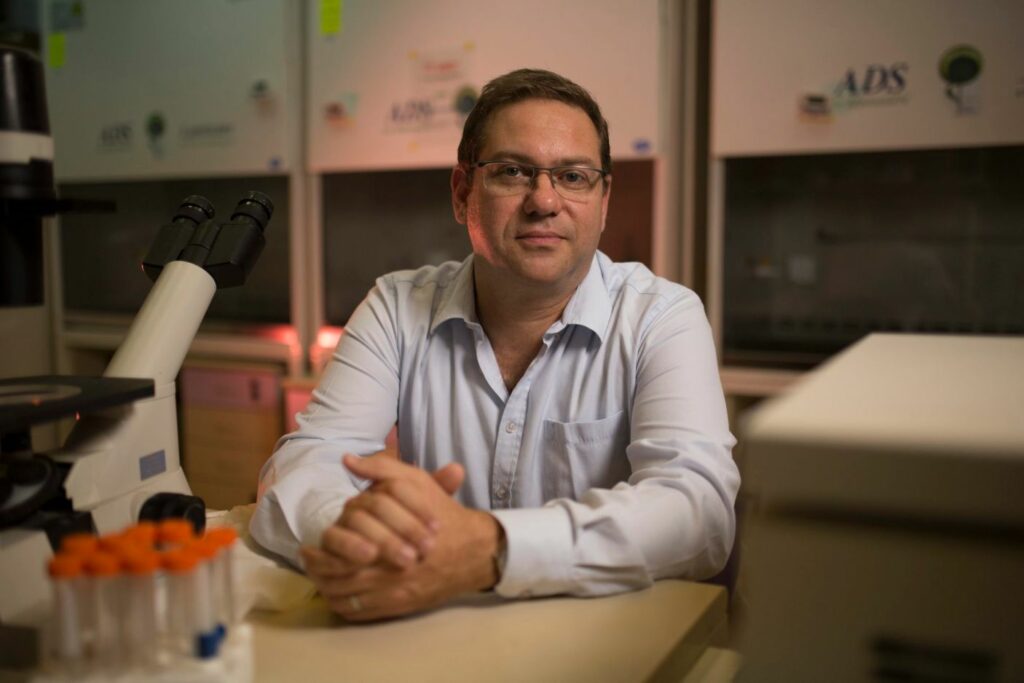
Tel Aviv University, Israel
Robotic technologies in efficacy research of wound care products
Dr. Peter Worsley
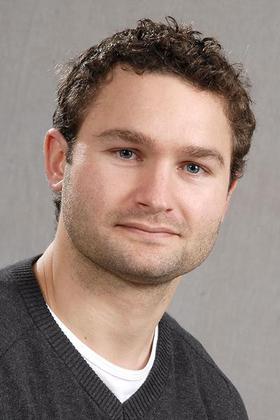
University of Southampton, UK
Machine-learning approaches for movement monitoring to aid the prediction of pressure ulcers
Key session 3
The role of risk assessment in pressure ulcer prevention
Pressure ulcer risk assessment is part of evidence-based pressure ulcer prevention. However, what is the reason that there is still so much discussion about this? Why is the best way to assess pressure ulcer risk still unknown? This session will delve into basic aspects of pressure ulcer risk assessment and seek solutions for what needs to happen in the future from a research and clinical practice perspective.
Chaired by Jan Kottner
Prof. Jan Kottner

Charité – Universitätsmedizin Berlin, Germany
Theory and practice of pressure ulcer risk assessmentTheory and practice of pressure ulcer risk assessment
Dr. Chunhu Shi
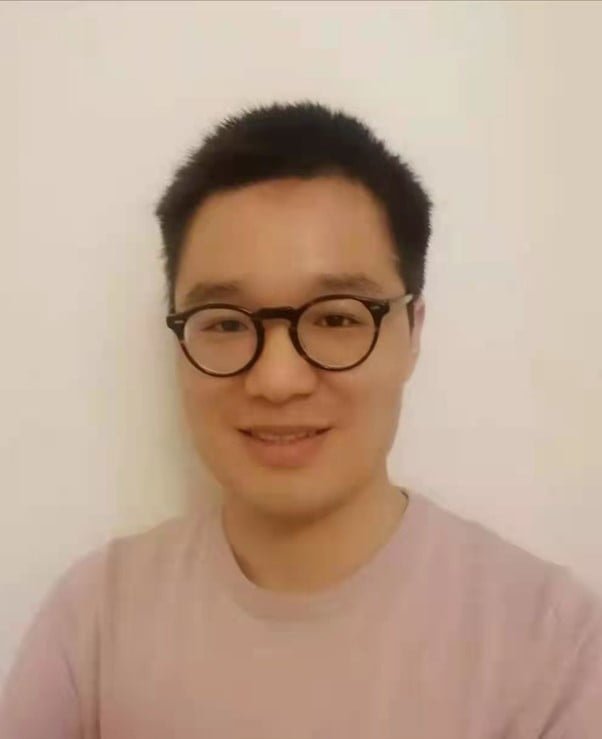
University of Manchester, UK
Prognostic models for predicting pressure ulcer risk: current status and future needs
Dr. Susanne Coleman
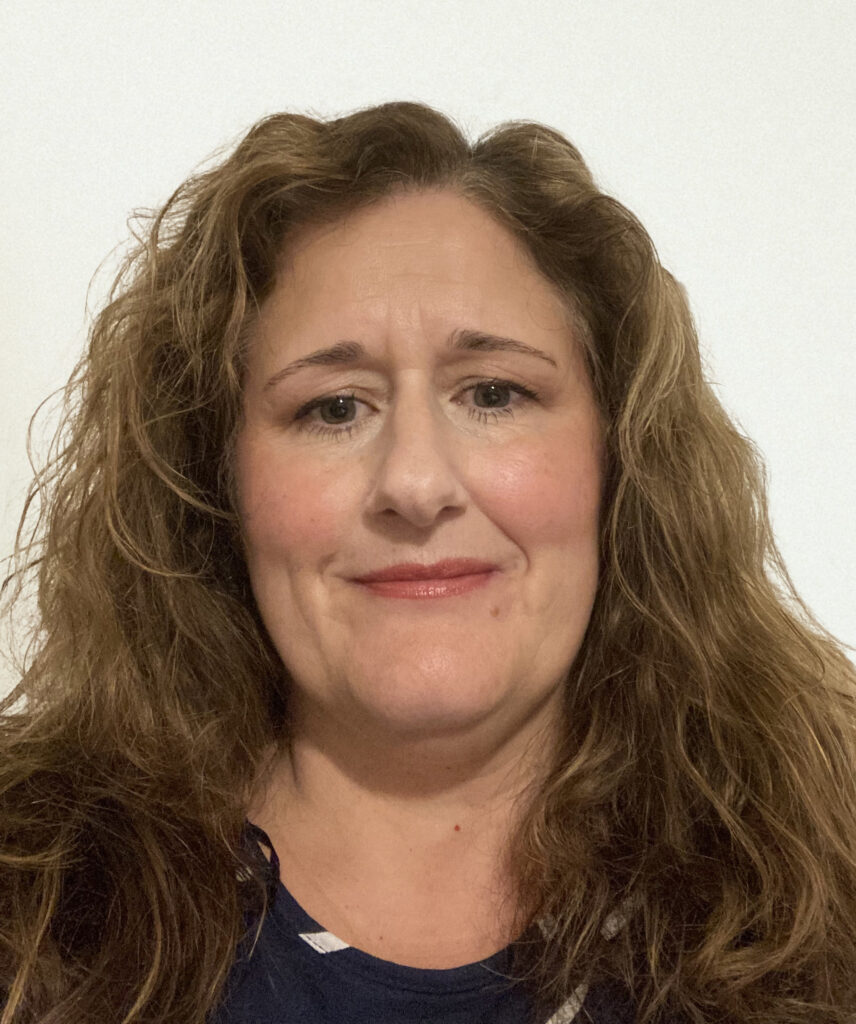
University of Leeds, UK
PURPOSE-T from development to evaluation
Key session 4
Involving service users in pressure ulcer research and priorities
In recent years there has been a change in the way that the public interact with and contribute to Pressure Ulcer (PU) research. Service users are moving from passive subjects, to active research team members, including participatory projects which fully embrace partnership working. Find out how service-users have shaped PU research and guidelines and a new innovative PU prevention at home study in Key session 4, ‘Involving service users in PU research’.
Chaired by Susanne Coleman
Ms. Delia Muir

University of Leeds, UK
The Pressure Ulcer Prevention at Home Study: A Participatory Approach
Prof. Jane Nixon
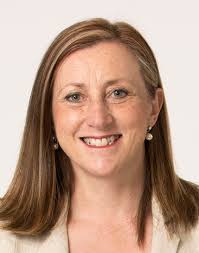
University of Leeds, UK
A decade plus of involving service users in in Pressure ulcer research: approaches and impact
Prof. Zena Moore

Royal College of Surgeons, Ireland
Service user involvement in International Guideline Development
Key session 5
Care bundles to improve processes of care and patient outcome across healthcare settings
Chaired by Pete Worsley
Prof. Lisette Schoonhoven

University Medical Center Utrecht, the Netherlands
Implementing care bundles in clinical practice
Dr. Caroline McGraw
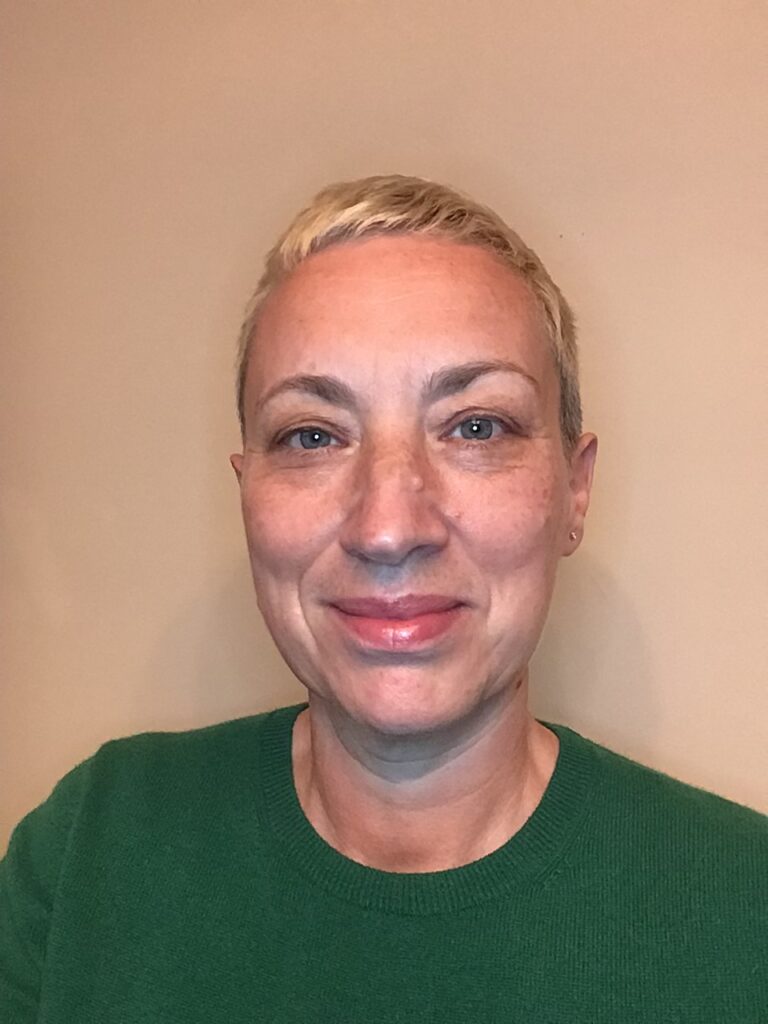
University of London, UK
Barriers and enablers to family carers providing pressure ulcer care to older people living at home
MSc. Clare Greenwood
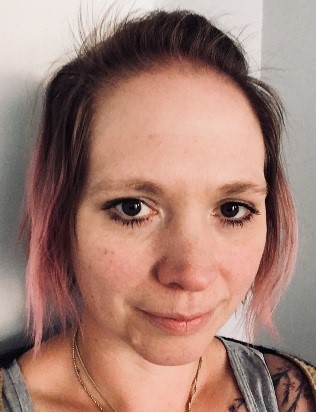
University of Leeds, UK
Offloading devices for the prevention of heel pressure ulcers: An observation of practice
Dr. Paulo Alves
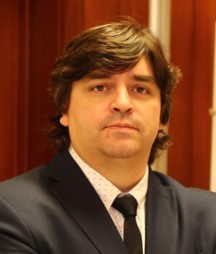
Universidade Católica Portuguesa, Portugal
Algorithms to support decisions in pressure ulcer management
Key session 6
Accessible pressure ulcer education for the multi-disciplinary team and service users
Chaired by Steven Smet & Beata Gress Halasz
Dr. Noreen O'Brien

University of Leeds, UK
The impact of education for health care assistant on knowledge, skills, attitudes and PU incidence
RN MSc. Anika Fourie
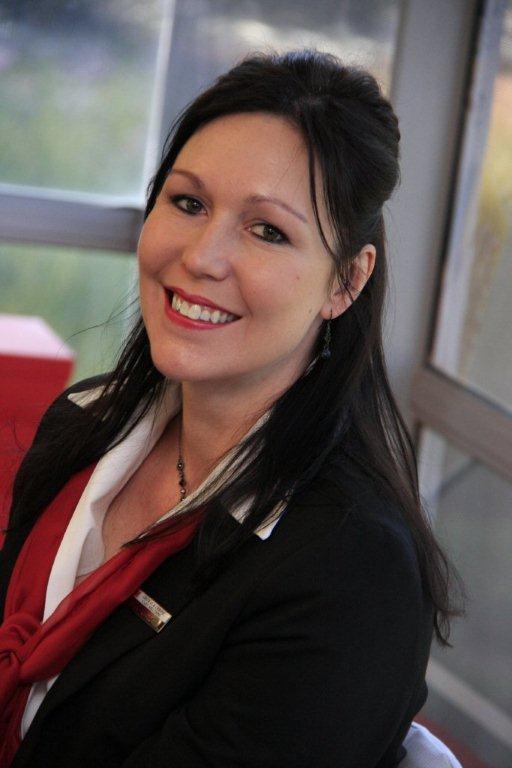
University of Leeds, UK
The quest to prevent skin and tissue damage: Accessible educational materials for the multi-professional team working with vulnerable ventilated patients
RN MSc. Steven Smet
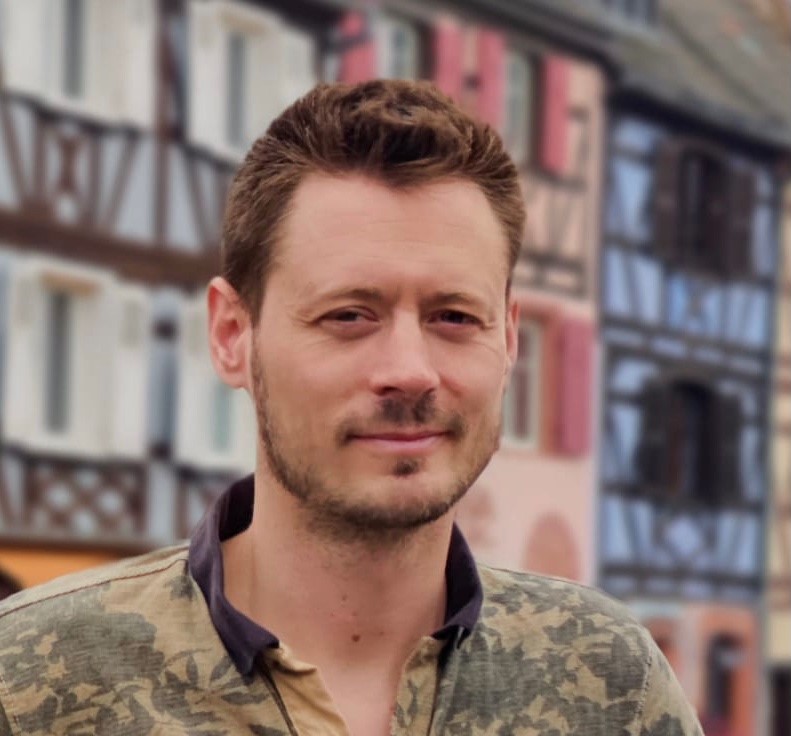
Ghent University Hospital, Belgium
Telehealth used as a remote educational strategy between the hospital and the primary care setting
Key session 7 & 8
Pressure ulcer treatment and innovations
Chaired by Guido Ciprandi
Prof. Guido Ciprandi
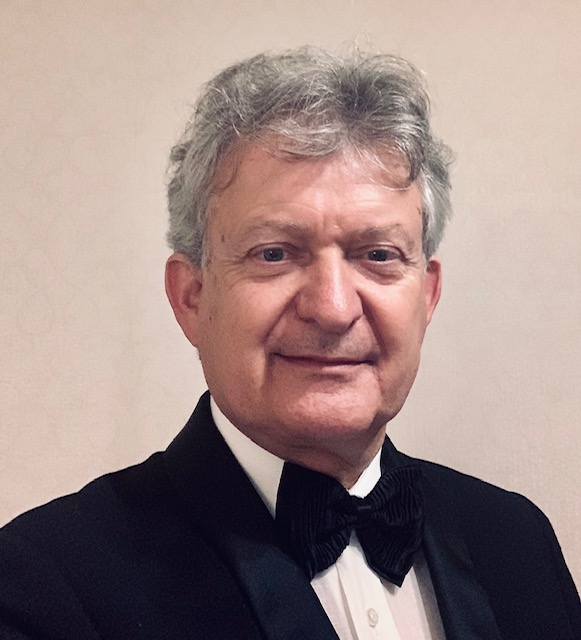
Bambino Gesu’ Children’s Hospital Rome, Italy
Specific biodegradable scaffold accelerates pressure ulcers healing and reduces deep scars in children and adolescents
Prof. Andrea Pokorná
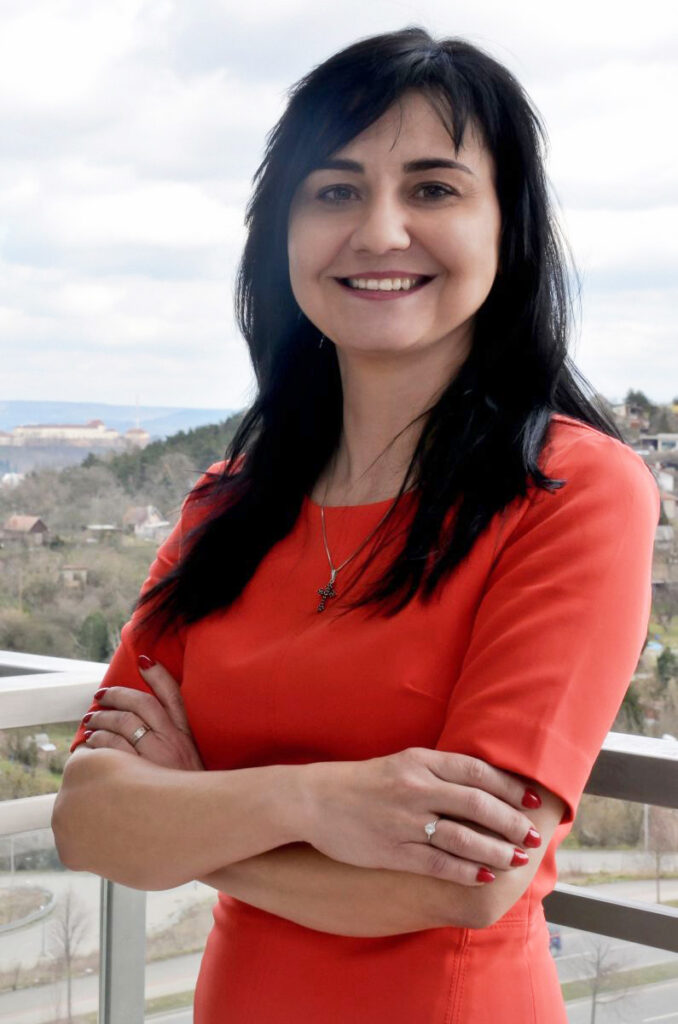
Masaryk University Brno, Czech Republic
How communication supports leading wound care innovations: Changing times, changing the teamwork and its relationship between caregivers, patients, professionals
Prof. Franco Bassetto
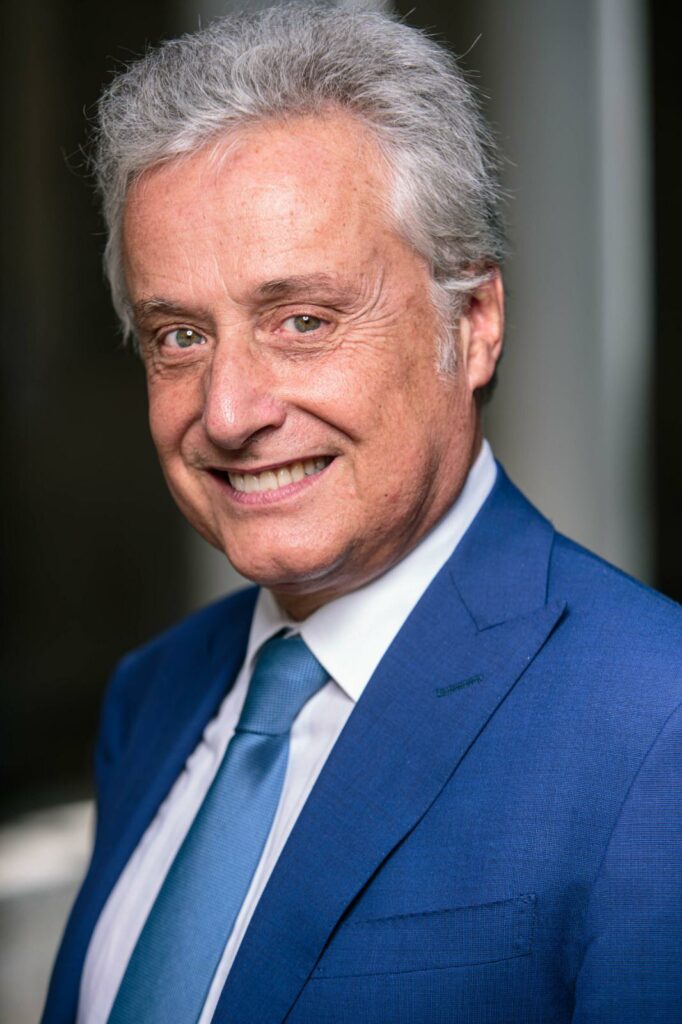
University of Padova, Italy
Four stage pressure ulcers: a sparing reconstruction choice
Prof. Jo Dumville
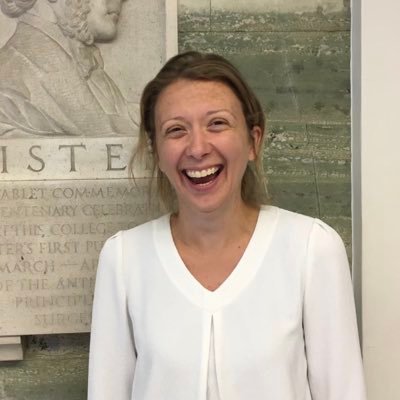
University of Manchester, UK
Effectiveness of surgical reconstruction to close full-skin thickness pressure ulcers: Describing current practices in the UK
Prof. Barnaby C Reeves

University of Bristol, UK
Effectiveness of surgical reconstruction to close full-skin thickness pressure ulcers: Evidence and feasibility of research
Key session 9
Medical device related pressure ulcers
Chaired by Pete Worsley
Prof. Amit Gefen

Tel Aviv University, Israel
The biomechanical principles underlying effective prevention of medical device-related pressure ulcers
Dr. Anna-Barbara Schüler
Children’s Hospital Zurich, Switzerland
Prof. Liudi Jiang

University of Southampton, UK
The importance of shear at loaded body and
device interfaces
Key session 10
Cost effectiveness for implementation of preventative interventions
Pressure ulcers represent a significant financial burden. The need to provide quality health care while containing expenditures leads to an interest in calculating the cost of pressure ulcer prevention and treatment and its impact on patients, health care providers, and society. Decision makers need to better understand the benefits of taking a long-term view when purchasing and using materials. This could result in significant resource savings and improve treatment effectiveness for the benefit of patients and the healthcare system. This session will present and discuss a comprehensive overview of the basic principles of health economic analysis and its application to pressure ulcer prevention and treatment.
Chaired by Dimitri Beeckman
Prof. Dimitri Beeckman
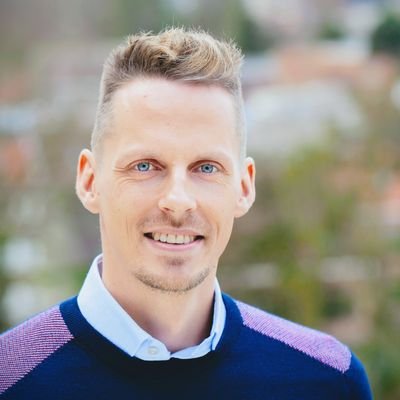
Ghent University, Belgium; Orebro University, Sweden
Health Economic Analysis of Prophylactic Dressings in PU Prevention
Prof. Andrea Pokorná

Masaryk University Brno, Czech Republic
Challenges in prospective observational studies evaluating pressure ulcers costing – how to price the items properly?
Prof. Zena Moore
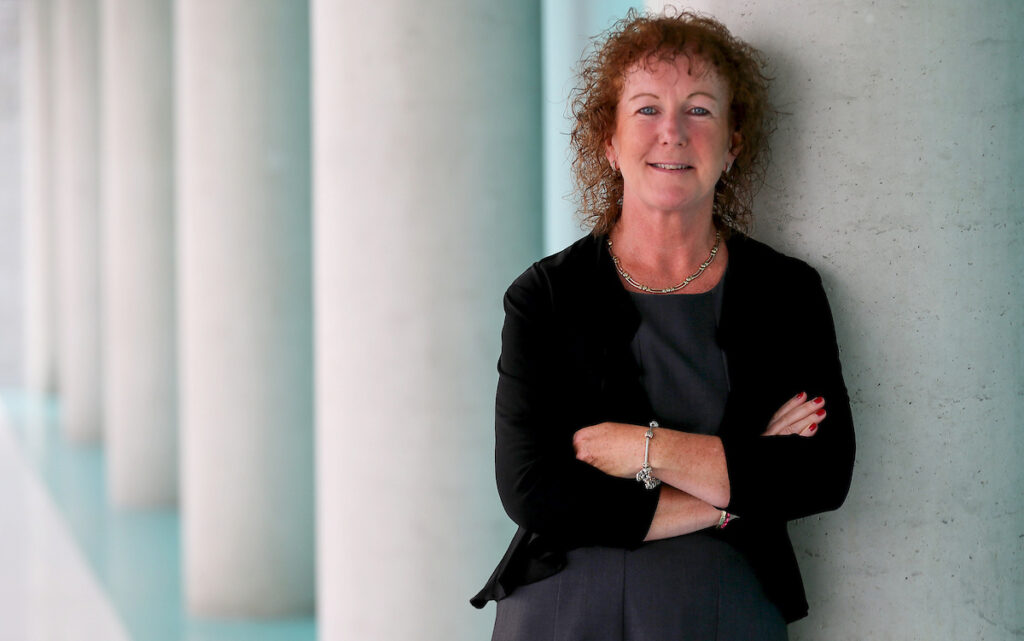
Royal College of Surgeons, Ireland
The Role of Health Economics in Guideline Development
Key session 12
Inclusion and diversity in pressure ulcer care
Why is detecting pressure ulcers in people with darker skin tones more challenging? This session will increase the knowledge of skin tone diversity, improve understanding of pressure ulcer skin assessment and raise awareness among healthcare personnel. The session will also highlight the importance of changing the educational practice of skin tone diversity.
Chaired by Carina Baath
Dr. Neesha Oozageer Gunowa
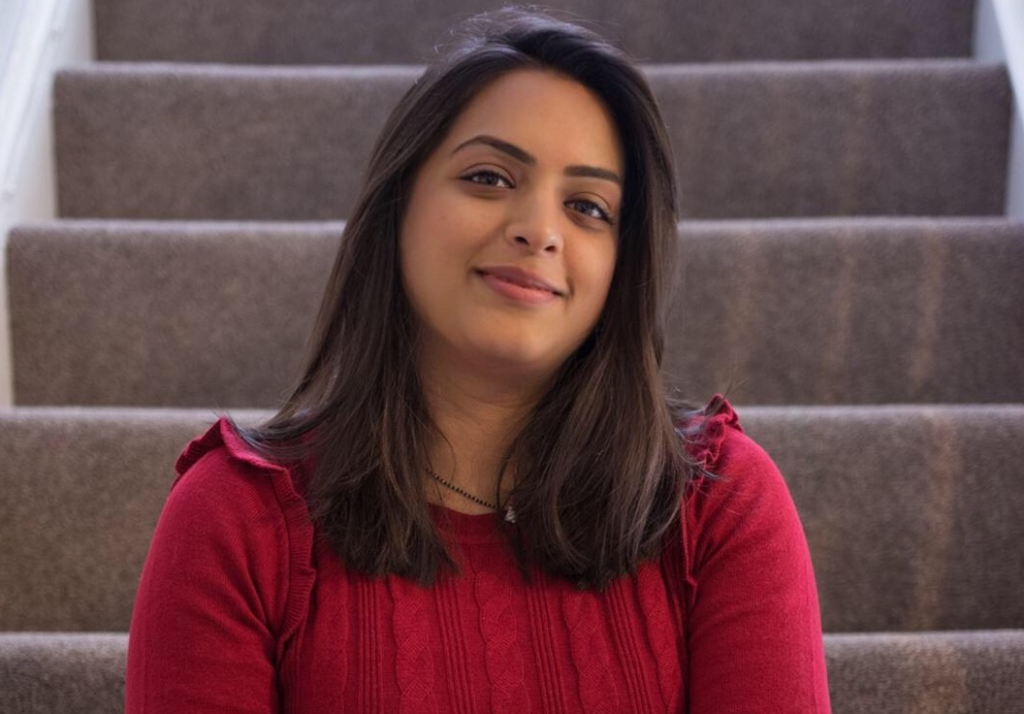
University of Surrey, UK
Pressure ulcers and people with dark skin tones is everyone’s business: It’s time for change
Prof. Joyce Black
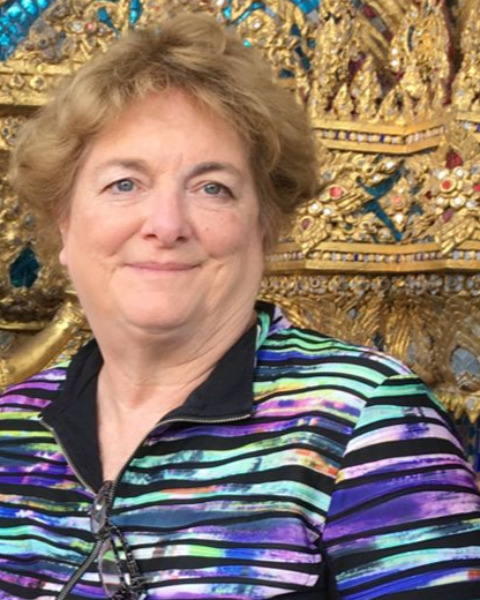
NPAP President, University of Nebraska Medical Center in Omaha, USA
Diversity, Equity and Inclusion in Pressure Injury: The American Experience
MSc. Zainaba Jones

Malmo Stad, Sweden
The Need to Focus on Darker Skin Tone: Striving For Diversity and Inclusion
Prof. Dimitri Beeckman


